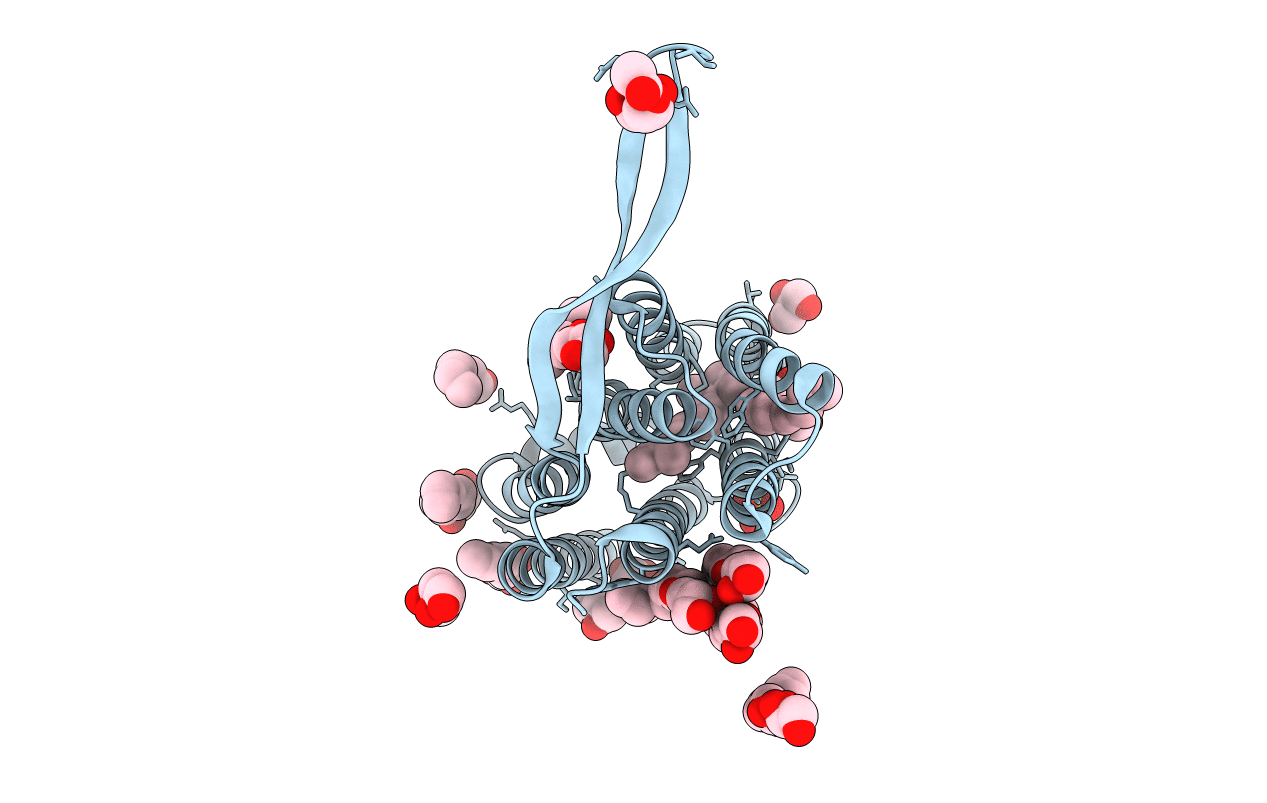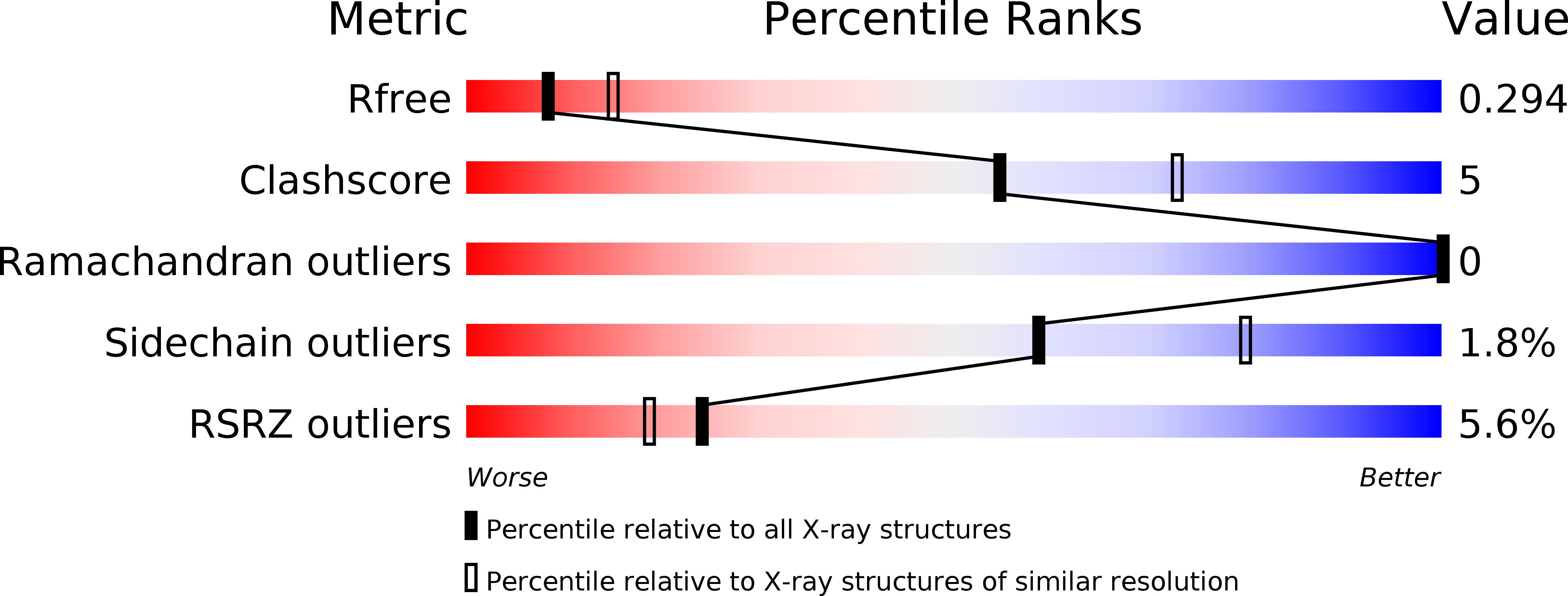
Deposition Date
2020-07-21
Release Date
2020-09-02
Last Version Date
2024-10-09
Entry Detail
PDB ID:
7CLJ
Keywords:
Title:
Crystal structure of Thermoplasmatales archaeon heliorhodopsin E108D mutant
Biological Source:
Source Organism:
Thermoplasmatales archaeon SG8-52-1 (Taxon ID: 1803816)
Host Organism:
Method Details:
Experimental Method:
Resolution:
2.60 Å
R-Value Free:
0.28
R-Value Work:
0.22
Space Group:
P 42 21 2


